Las unidades de está página web usa obras de artes para introducir temas para discusiones filosóficas. Unos cuantos educadores han pedido ayuda para profundizar más en los temas que sobresalen en estas secciones. Está página web establece recursos que serán útil para vuestros estudiantes para que puedan entretener sus ideas más profundamente.
Para continuar en el modo más obvio puede asignar lecturas de los temas pertinentes y después discutir los. Como sabrá, artículos de filosofía son bastante dificiles, asi que sera apropiado para asignar una sección más corta del artículo. Desafortunadamente, los derechos del autor me prohíbe compartir artículos para que puedan usar con vuestros estudiantes. Asique lo que sí he compartido son enlaces de artículos y, cuando pertinente, del Stanford Online Encyclopedia of Philosophy (SEP), podcasts de Philosophy Talk, y algunos artículos de Philosophy Now.
SEP es un recurso excelente para filosofía. Cada entrada tiene una bibliografía excelente que podrá usar. A diferencia de Wikipedia, esto es un recurso evaluado y podrá tener completa confianza en sus contenidos. Los artículos están escritos a un nivel muy altos, así que vuestros estudiantes quizás necesiten ayuda comprendiendo los. Pero, suelen ser más comprensivos que no.
Otro recurso muy interesante para estudiantes es el podcast Philosophy Talk. Filósofos conocidos discuten asuntos filosóficos de una manera accesible. He incluido un enlace de una discusión de un tema pertinente. Philosophy Now es un diario popular donde discuten temas filosóficos. He incluido un enlace de discusiones de un tema pertinente. Las contribuciones no son todas muy buenas pero podrá encontrar discusiones interesantes de temas y ensayos que son muy accesibles.
Porfavor mandeme un mensaje si necesita más ayuda.
Unidad 1: Los Retratos
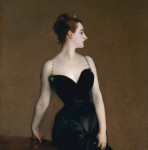
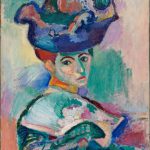

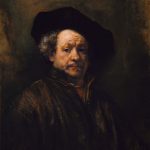
Tres asuntos discutimos al final de las preguntas filosóficas: la naturaleza de belleza; como el conocimiento de sí mismo es diferente al conocimiento de otros; y si la objetivación de otros nos entra en nuestra percepción. Estas son preguntas difíciles e interesantes.
Belleza
https://plato.stanford.edu/entries/beauty/
https://www.philosophytalk.org/shows/what-beauty
Conocimiento de Si Mismo
https://plato.stanford.edu/entries/self-knowledge/
https://www.philosophytalk.org/shows/self-and-self-presentation
Objetivación
https://plato.stanford.edu/entries/sartre/#Ont, Section 2.
Sartre
https://www.philosophytalk.org/shows/jean-paul-sartre
Arte Erótica y Obsceno
Unidad 2: Los Paisajes
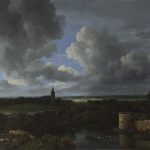
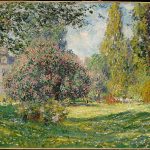
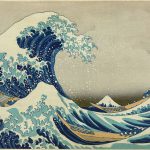
Etica del medio ambiente es el tema que discuten en está sección.
https://plato.stanford.edu/entries/ethics-environmental/
https://www.philosophytalk.org/shows/progress-and-environment
Unidad 3: El Expresionismo
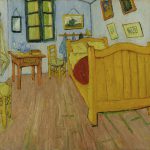

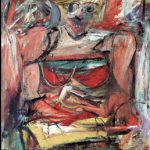
Está sección se enfoca en la naturaleza de nuestras emociones, un tema central en la filosofía de la mente y ciencias de cognición.
https://plato.stanford.edu/entries/emotion/
https://www.philosophytalk.org/shows/indispensible-emotions
Unidad 4: Arte Abstracto
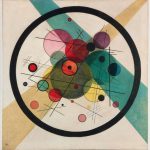
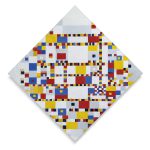
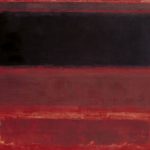
Aquí, el tema del sentido de arte abstracto introduce conceptos de la filosofía de lenguaje, en particular es la diferencia entre descripción y evaluación.
Objetos abstractos
https://plato.stanford.edu/entries/abstract-objects/
Que es arte?
https://www.philosophytalk.org/shows/what-art
Ideas Abstractos
Hay una controversia interesante entre John Locke y George Berkeley sobre si puede haber ideas abstractos. La introduccion de Berkeley’s The Principles of Human Knowledge contiene una buena presentación de la teoría y la crítica de Berkeley.
Unidad 5: Arte Conceptual
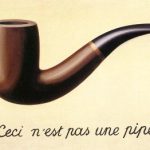

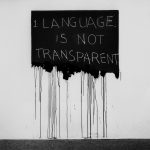
Las preguntas filosóficas de está sección tienen que ver con arte conceptual, y en particular con el uso de lenguaje en un medio que es tradicionalmente no linguo pero más de imagen.
https://plato.stanford.edu/entries/conceptual-art/
https://philosophynow.org/issues/108/The_Hard_Case_of_Duchamps_Fountain
Unidad 6: La Fotografía

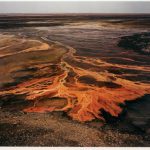
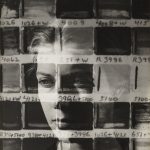
Se discuten dos asuntos en está sección. La primera es de la naturaleza del realismo y la pregunta si es que la fotografía es una forma de arte intrínsecamente realista. La segunda se enfoca en la naturaleza de reproducción digital, la forma dominante de la fotografía contemporánea.
Realismo
Kendall Walton, “Transparent Picture: On the Nature of Photographic Realism,” Critical Inquiry, Vol. 11, No. 2 (1984), 246-277.
[Este es un artículo importante, pero también es difícil.]
Arte Digital
https://plato.stanford.edu/entries/digital-art/
Fotografia en general
https://philosophynow.org/issues/95/The_Ontology_of_Photography_From_Analogue_To_Digital
[Philosophy Now es una revista muy popular ahora.]